Apple Card: customers warned over damage caused by wallets and jeans
Tech giant advises holders to wipe their card with ‘soft, slightly damp’ cloth
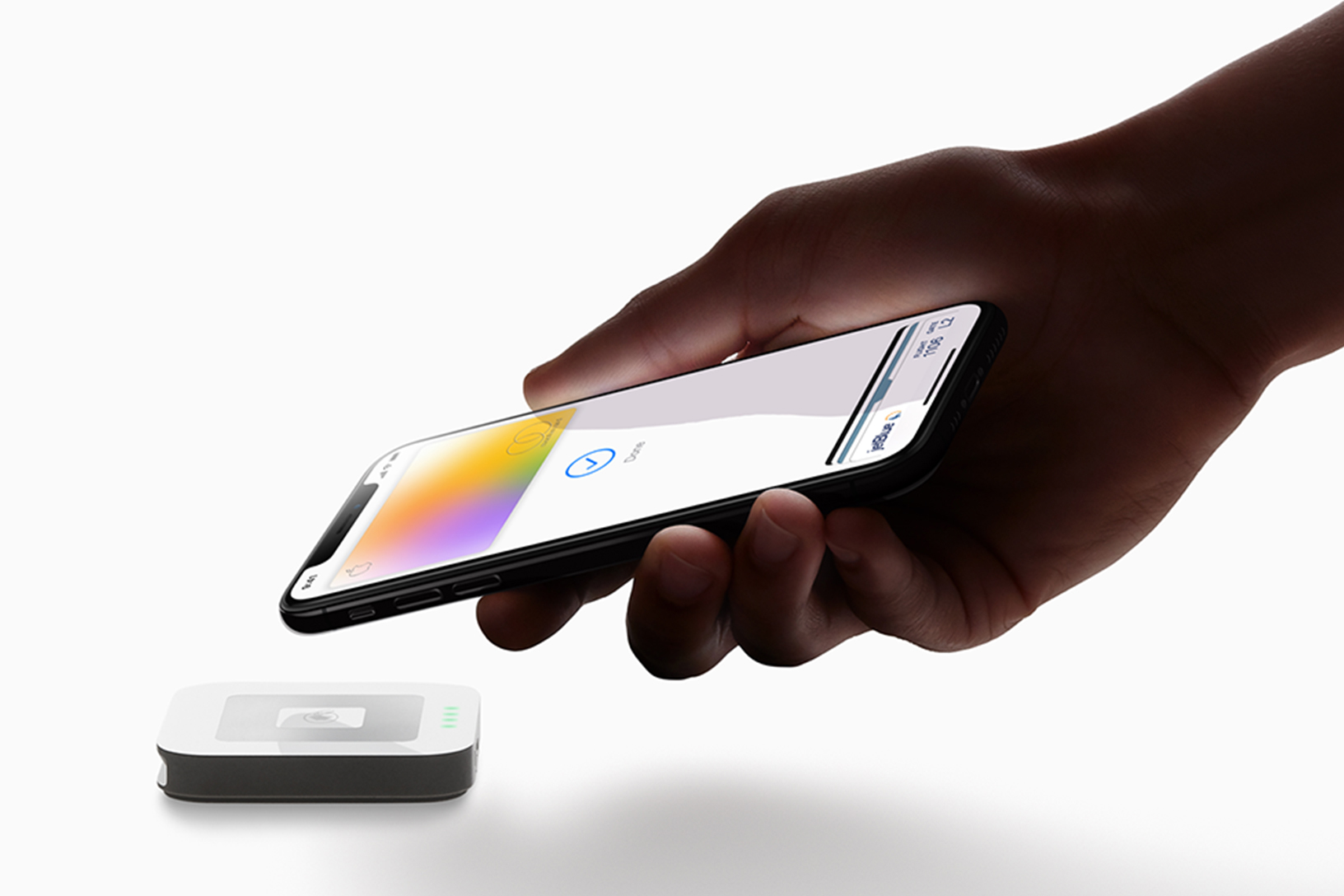
The all-white design of Apple’s new credit card is already causing headaches for some customers, a few days after launching in the US.
The credit card, simply called Apple Card, is made from titanium and sports a near-blank design. Only the card owner’s name, plus Apple’s logo and its partners Goldman Sachs and Mastercard, are etched onto the surface.
But the card’s white surface means that it may become “permanently” discoloured if it comes into frequent contact with certain fabrics, such as denim or leather, AppleInsider reports.
The Week
Escape your echo chamber. Get the facts behind the news, plus analysis from multiple perspectives.

Sign up for The Week's Free Newsletters
From our morning news briefing to a weekly Good News Newsletter, get the best of The Week delivered directly to your inbox.
From our morning news briefing to a weekly Good News Newsletter, get the best of The Week delivered directly to your inbox.
With this in mind, Apple has released a new section on its customer support page called “How to clean your Apple Card”, the tech site notes. The post advises users to frequently wipe their card with a “soft, slightly damp, lint-free microfibre cloth” and avoid “basic household cleaners” such as compressed air and aerosol sprays.
The support page also claims that the card can become scratched if it’s stored with objects such as loose change or keys, The Daily Telegraph reports.
While it may seem unusual that a tech company known for its hardware would release a credit card, The Guardian argues that Apple Card is part of a broader strategy to diversify the company’s business model amid falling iPhone sales.
Last month, Apple revealed that sales of its smartphones had fallen once again during its most recent financial quarter. It now means that - for the first time since 2012 - iPhone sales form less than 50% of its total revenue.
A free daily email with the biggest news stories of the day – and the best features from TheWeek.com
Where Apple is making strides is with its range of services, which includes Apple Music and purchases made on the App Store. More than 20% of Apple’s sales in the third quarter were from services, says TechRadar, and Apple Card is expected to bolster that figure.
What is Apple Card?
Apple Card, which has been created in partnership with Goldman Sachs and MasterCard, takes the form of both a physical and digital payment method.
The virtual version of Apple Card can be used by simply going into the Wallet app on the iPhone. A physical, titanium card can be used for shops that don’t accept contactless payments.
As to be expected with an Apple product, the physical card is typically minimalistic in its design. The card is all-white and has no numbers imprinted on its surface. There’s no signature on the back, either.
In a similar fashion to banking apps Monzo and Revolut, Apple will provide customers with a breakdown of how much they spend on shopping, food and drink and entertainment every month to help them “make informed choices”, according to the Mirror.
The company will also offer “daily cash” rewards, the news site says, which include:
- 1% cashback on products bought using the physical card
- 2% return on purchases made with the digital card through the Wallet app
- 3% on all products purchased in the Apple Store
When does it come out in the UK?
Although the card is already available in the US, Apple has yet to reveal a UK launch date for Apple Card.
Judging by the launch of its wireless payment service Apple Pay, fans in Britain may have a long wait on their hands.
Apple Pay launched in the US in October 2014, before making its way across the Atlantic in July the following year.
-
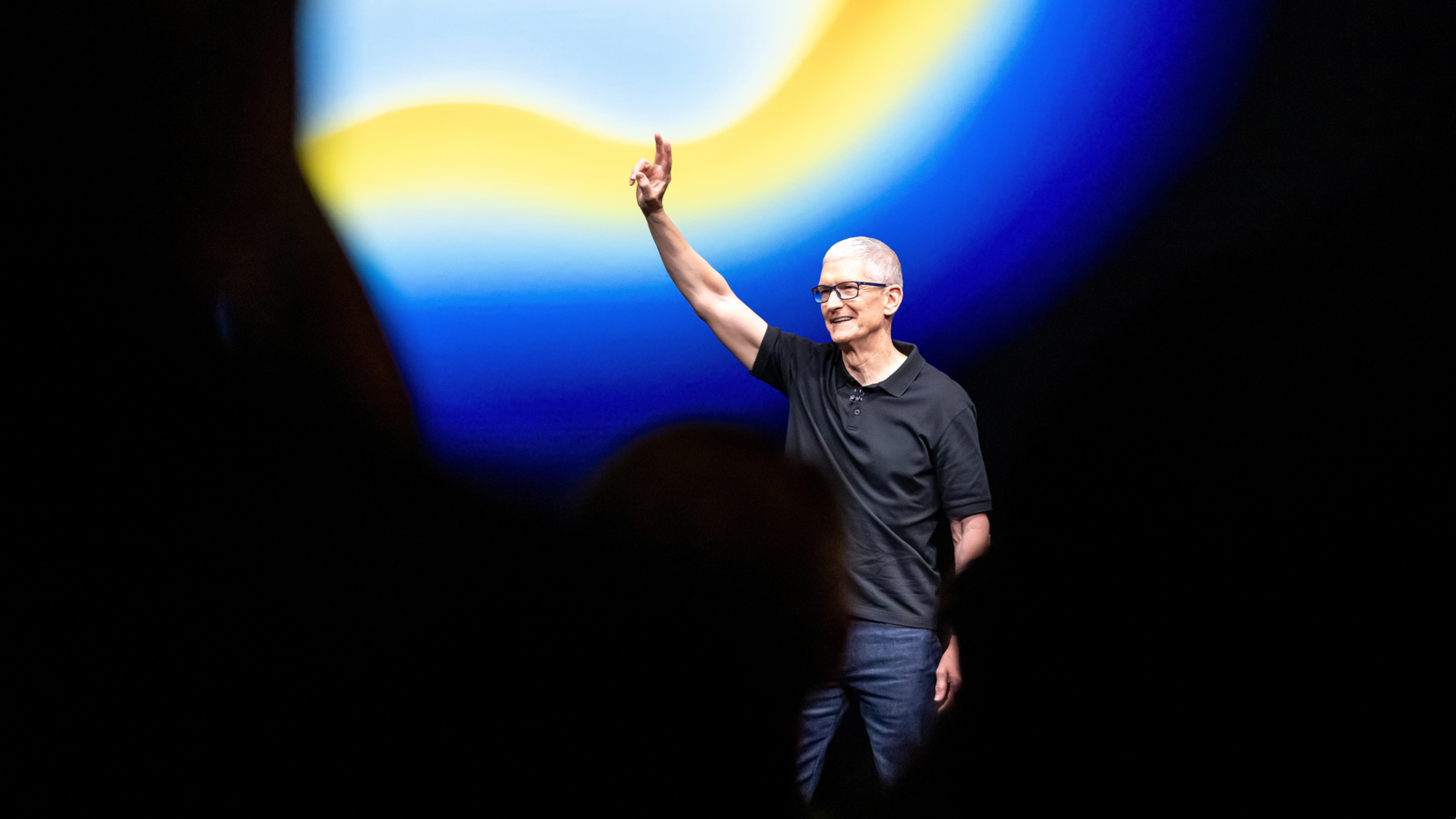 Is Apple’s Tim Cook about to retire?
Is Apple’s Tim Cook about to retire?Today's Big Question A departure could come early next year
-
 iPhone Air: Thinness comes at a high price
iPhone Air: Thinness comes at a high priceFeature Apple’s new iPhone is its thinnest yet but is it worth the higher price and weaker battery life?
-
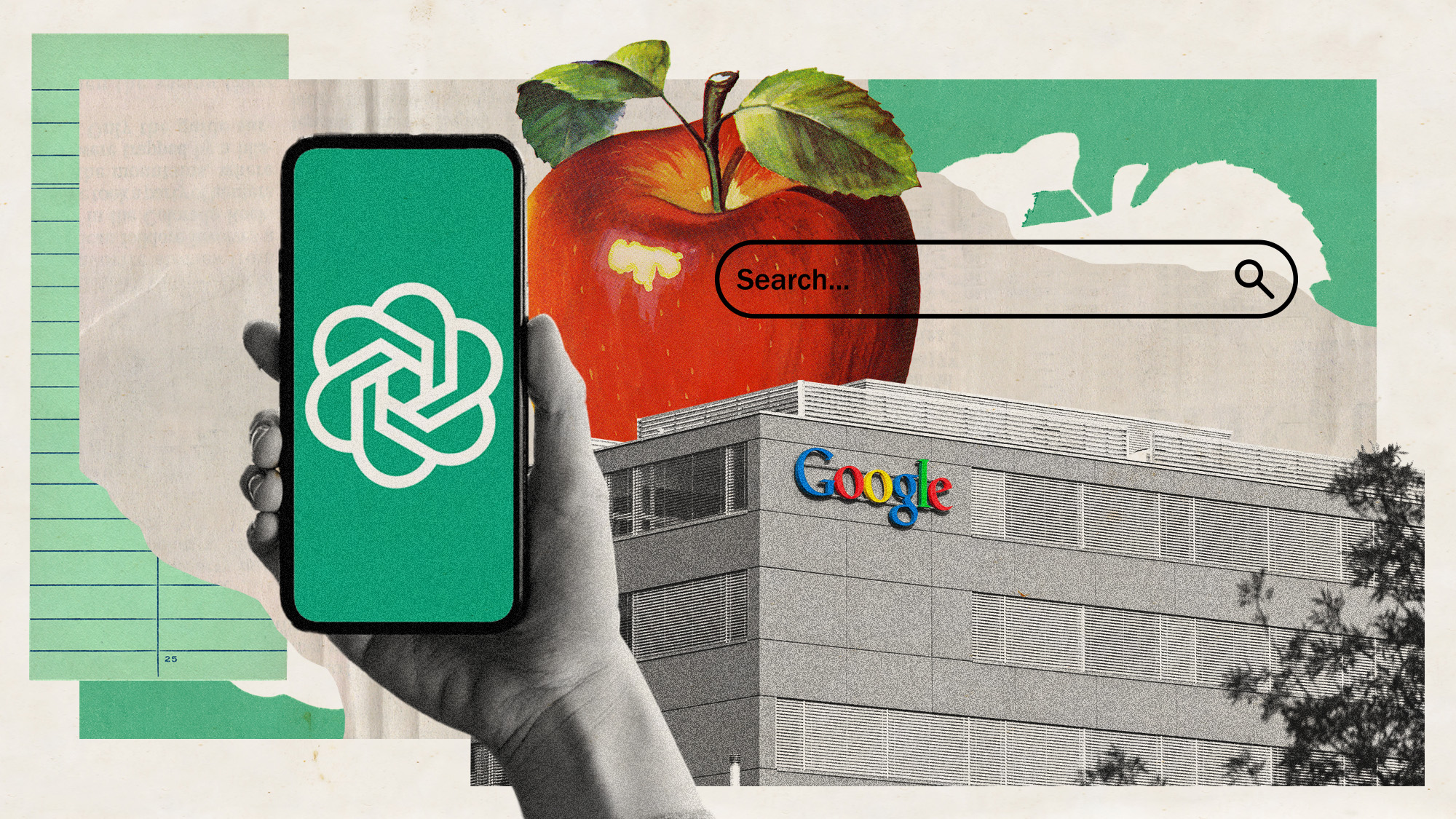 Is Apple breaking up with Google?
Is Apple breaking up with Google?Today's Big Question Google is the default search engine in the Safari browser. The emergence of artificial intelligence could change that.
-
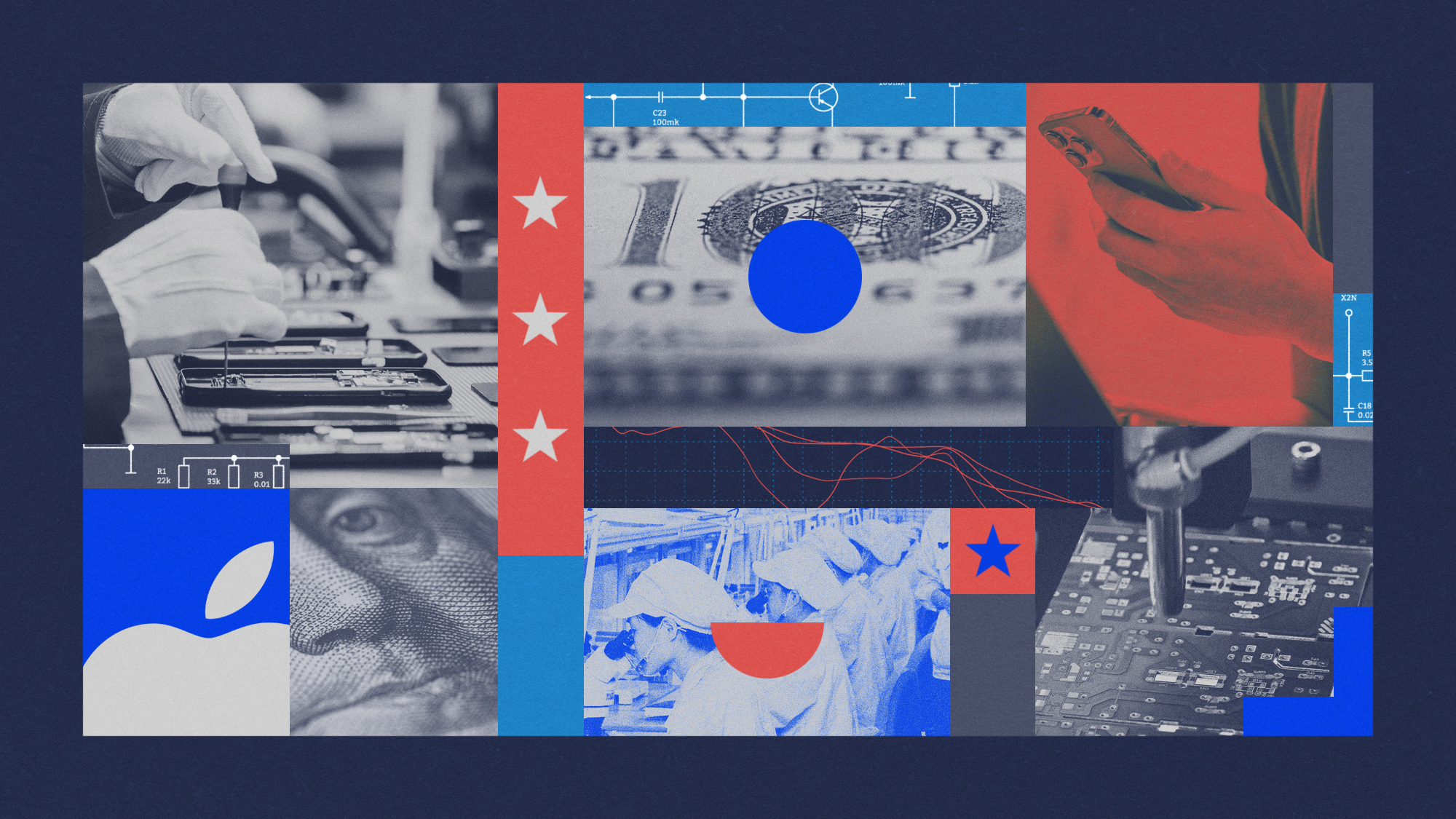 Why won't Apple make iPhones in America?
Why won't Apple make iPhones in America?Today's Big Question Trump offers a reprieve on tariffs, for now
-
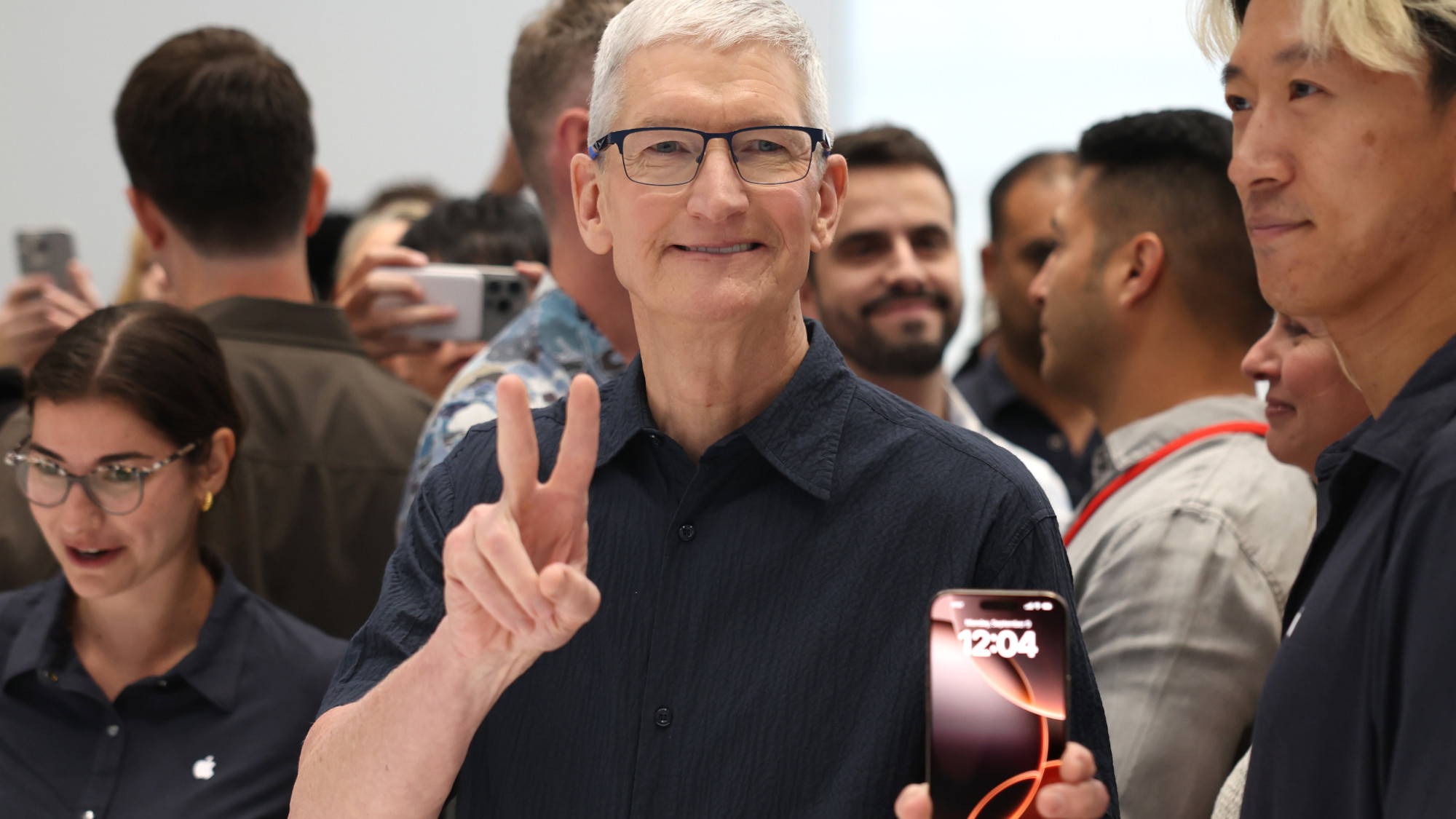 Not there yet: The frustrations of the pocket AI
Not there yet: The frustrations of the pocket AIFeature Apple rushes to roll out its ‘Apple Intelligence’ features but fails to deliver on promises
-
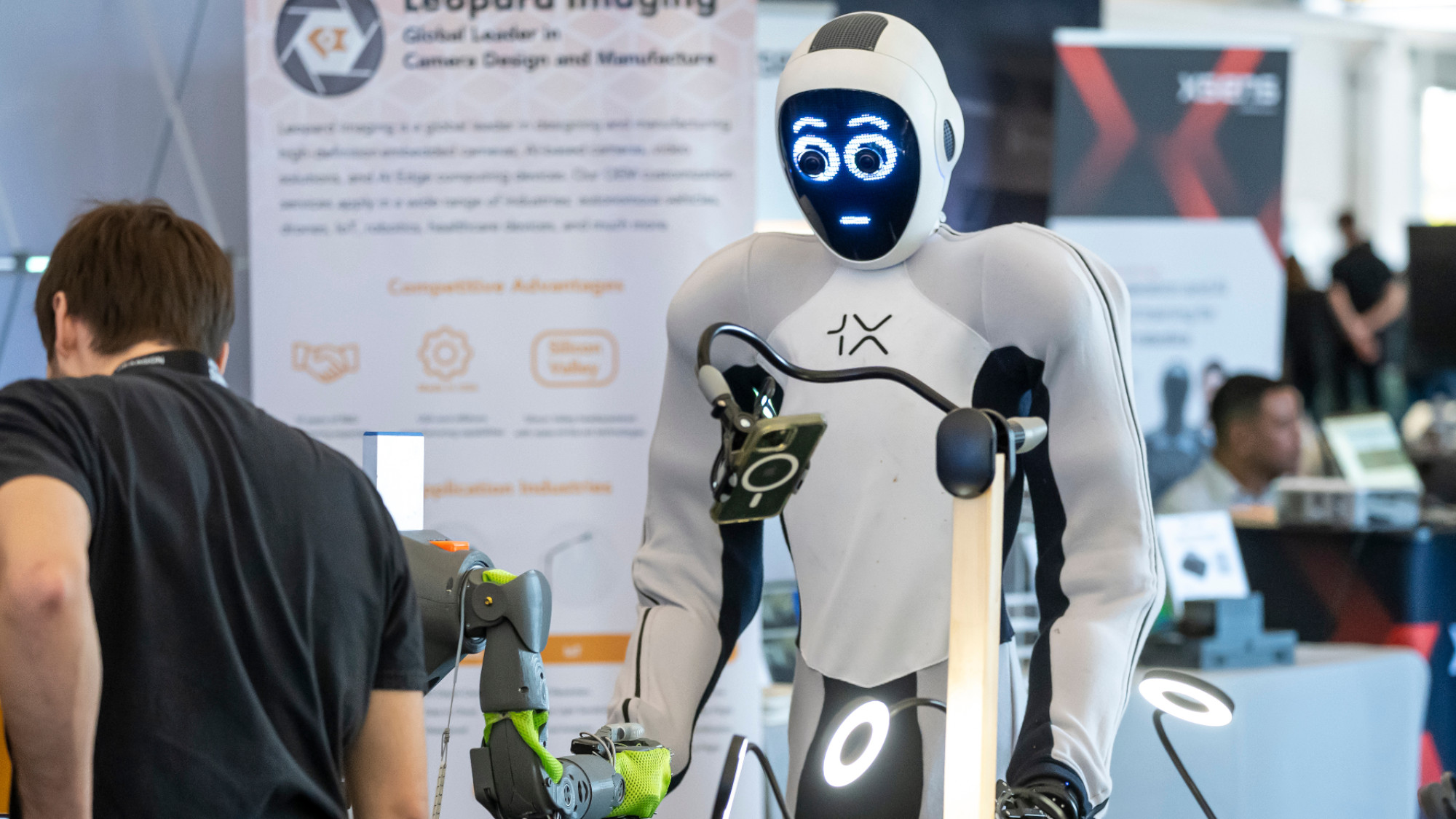 Space-age living: The race for robot servants
Space-age living: The race for robot servantsFeature Meta and Apple compete to bring humanoid robots to market
-
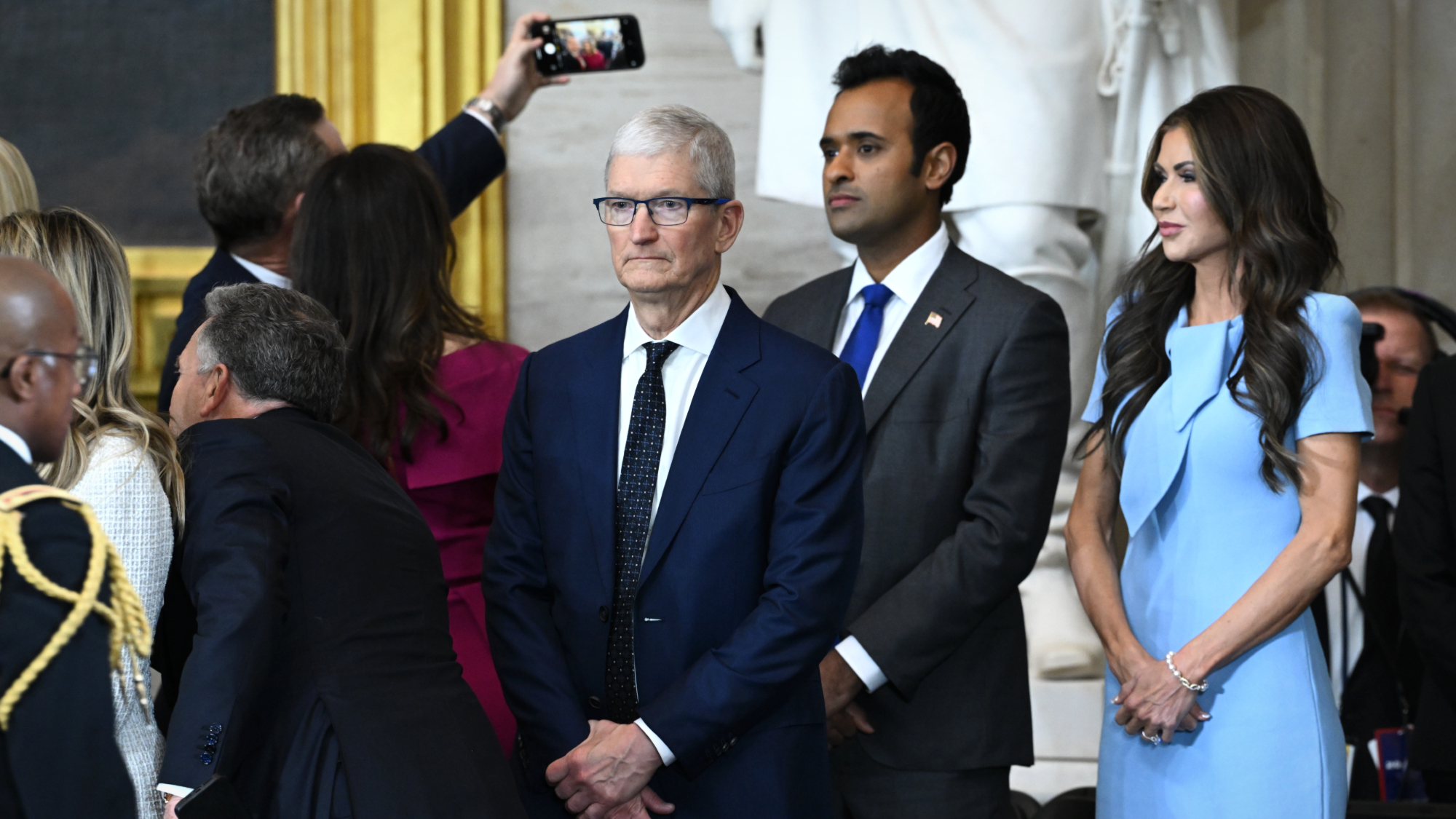 Apple pledges $500B in US spending over 4 years
Apple pledges $500B in US spending over 4 yearsSpeed Read This is a win for Trump, who has pushed to move manufacturing back to the US
-
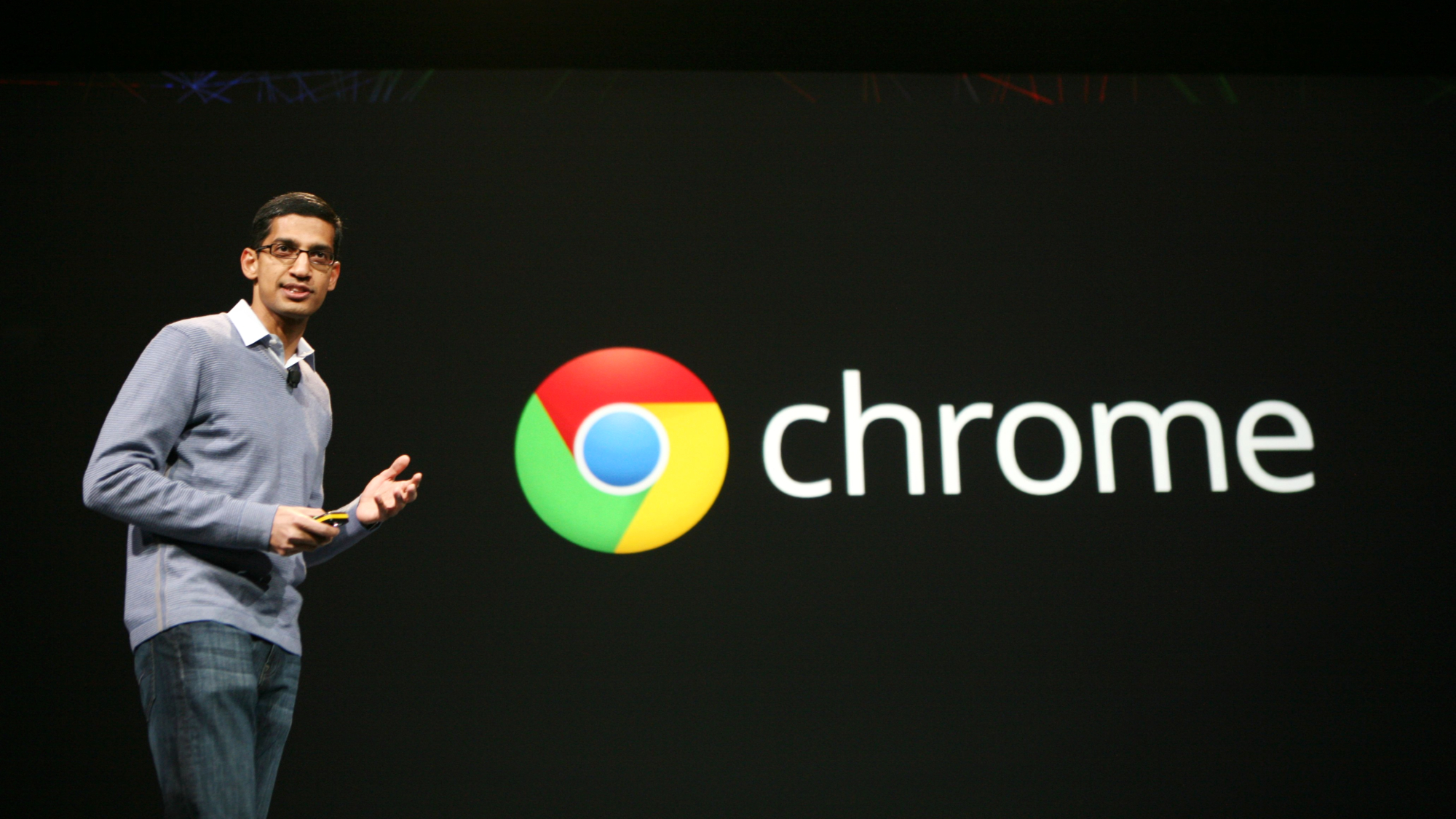 DOJ seeks breakup of Google, Chrome
DOJ seeks breakup of Google, ChromeSpeed Read The Justice Department aims to force Google to sell off Chrome and make other changes to rectify its illegal search monopoly


